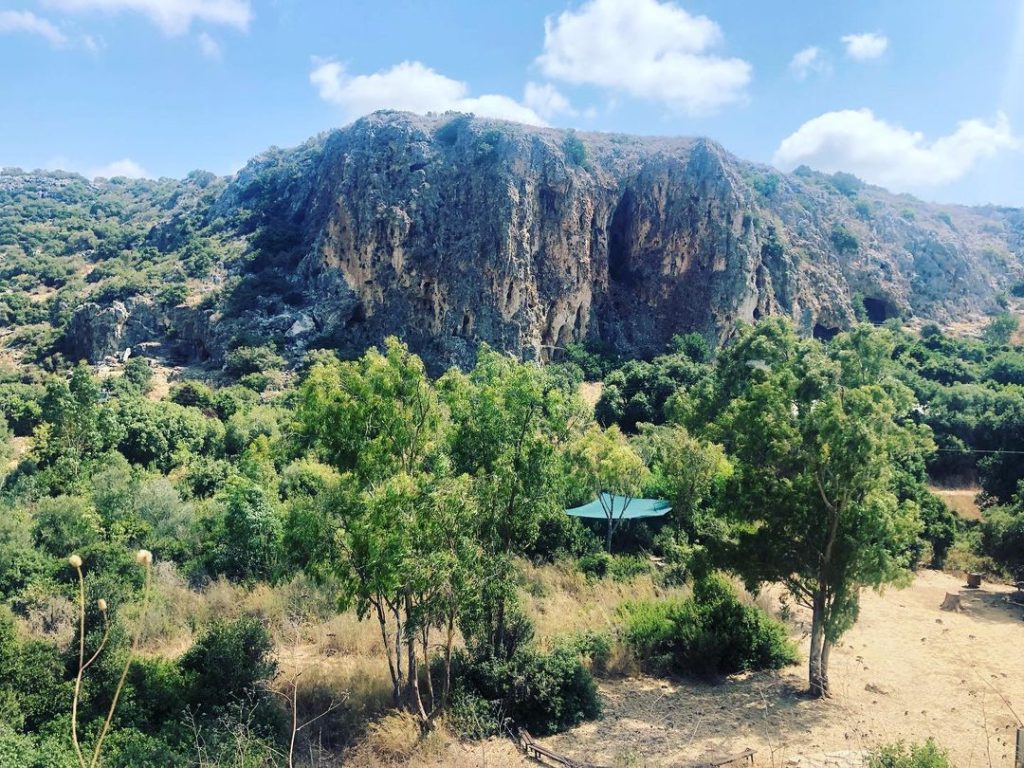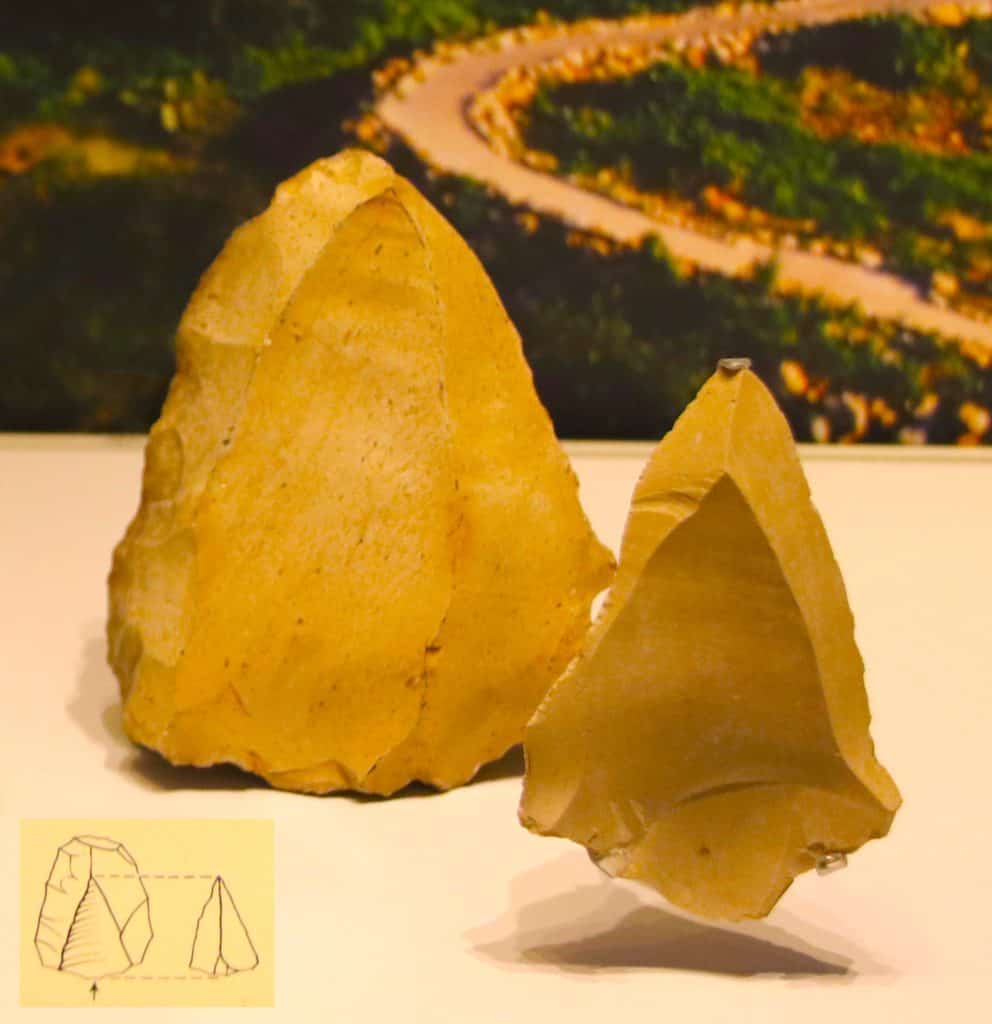So Carmel Mountain is a coastal mountain range in northern Israel; stretching from the Mediterranean Sea towards the southeast. Furthermore, the range is a UNESCO biosphere reserve. Also, there are a number of towns are situated there, most notably the city of Haifa, Israel’s third-largest city; located on the northern and western slopes. In addition, the Jezreel Valley lies to the immediate northeast. The range forms a natural barrier in the landscape, just as the Jezreel Valley forms a natural passageway, and consequently, the mountain range and the valley have had a large impact on migration and invasions through the Levant over time. The Carmel mountain formation is an admixture of limestone and flint, containing many caves, and covered in several volcanic rocks. The sloped side of the mountain is covered with luxuriant vegetation; including oak, pine, olive, and laurel trees.

Carmel Mountain Range: Archeological Excavations
So as part of a 1929–1934 campaign, between 1930 and 1932, Dorothy Garrod excavated four caves; in the Carmel mountain range. Garrod discovered in the area of the Carmel Mountain Range Neanderthal and early modern human remains. Furthermore, she found the skeleton of a Neanderthal female; named Tabun I. Moreover, the skeleton is considered one of the most important human fossils ever. The excavation at el-Tabun produced the region’s longest stratigraphic record, spanning 600,000 or more years of human activity.

So the four caves and rock shelters (Tabun, Jamal, el-Wad, and Es Skhul Cave) yield results from the Lower Paleolithic to today, representing roughly a million years of human evolution. There are several well-preserved burials of Neanderthals and Homo sapiens, and the transition from nomadic hunter-gatherer groups to complex, sedentary agricultural societies is extensively documented at the site. These emphasize the Mount Carmel caves’ paramount significance for studying human cultural and biological evolution within the framework of palaeo-ecological changes.
Ramat Hanadiv Gardens

As a result, In 2012, UNESCO’s World Heritage Committee added the sites of human evolution at Carmel Mountain to the List of World Heritage Sites. The World Heritage Site includes four caves (Tabun, Jamal, el-Wad, and Skhul) on the southern side of the Nahal Me’arot Valley. The site fulfills the criteria of “natural” and “cultural.” Of great interest for the Near East Epipalaeolithic is Kebara Cave.


